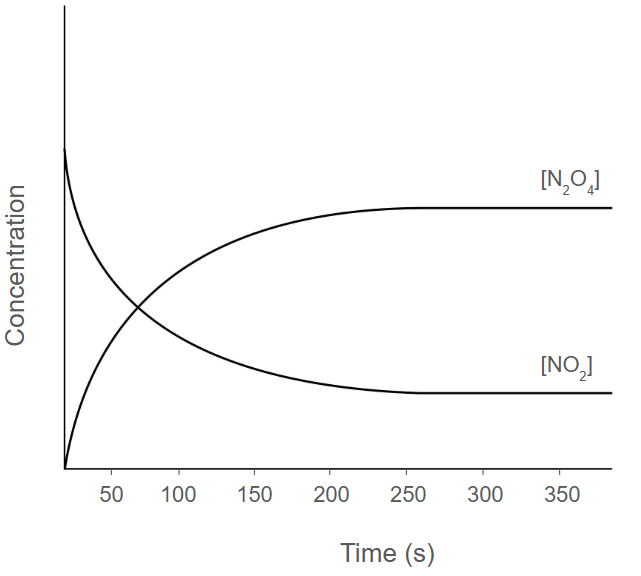A student investigates the evaporation and condensation of ethanol in a closed container at a constant temperature. The system reaches equilibrium according to the process:
C2H5OH (l) ⇌ C2H5OH (g)
Define equilibrium in terms of the rates of the forward and reverse processes.
Sketch a graph showing how the concentration of liquid ethanol and gaseous ethanol change over time as equilibrium is established.
The student opens the container, allowing ethanol vapor to escape. Predict the effect on the system and explain your answer in terms of equilibrium shifts.
Did this page help you?
